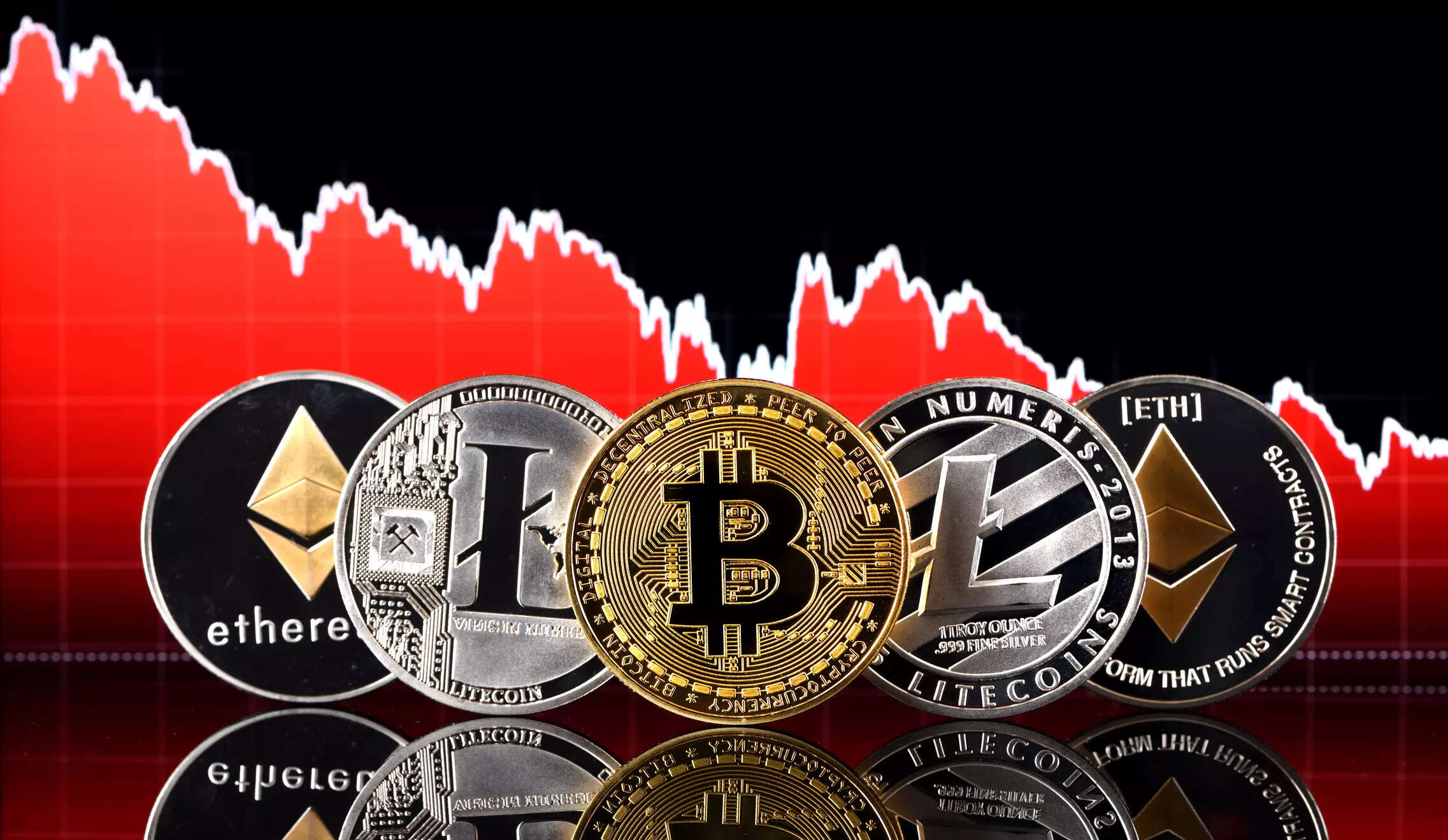– By Nidhi Chugh and Ishwari Chavan
The COVID-19 pandemic has pushed lenders to digitise their
banking services, which has resulted in a rise in demand for employees to have a data science skill set.
Currently, 2.5 billion users across the world use banking services digitally, and 53% of the global population will opt for digital banking by 2026, a study by UK-based research firm Juniper Research had said.
Data driven banking – bankers are reskilling themselves
When Dinesh Khara took over as the chairman of State Bank of India a year ago, he said, his focus will be on analytics.
The demand for data science and data analytics professionals is possibly going to double, more than 2,00,000 as mentioned officially, mostly because of the emergence of neobanks, said Robin Bhowmik, chief business officer of Manipal Global Academy of BFSI, in an interaction with ETBFSI.
Manipal Global, started in 2008, offers various programmes to reskill banking employees, or train budding ones.
On an average, Manipal Global has trained one out of five bankers in the country, with over 2,50,000 bankers opting for various courses, Bhowmik said.
A total 15,000-20,000 bankers are trained every year by the academy.
This month, the academy launched its school of data science, where they will teach data engineering, data handling, impact analysis, python courses, in partnership with Axis Bank.
“The whole area of impact analysis within a banking setup is very fundamental to any data science field. We are also training them in a lot of simulations using tools like Python for example, which is one of the more popular open source tools, essentially used in this area,” Bhowmik said.
Apart from partnership with Axis Bank, Bhowmik said that he is in talks with another bank to further expand the course’s reach. The name of the bank was not mentioned during the interview.
Manipal Global also offers short term courses, remote courses, and other full-time courses, such as courses on FinTech.

Surging demand for data science courses – what’s on the table
Prior to the official launch of the data science school, Bhowmik said that the course has already gathered interest from 500 candidates, and there is an application backlog of around 6,000 students.
“The intention is to have a batch of about 35 to 40 every alternate month. So Axis bank alone, I think wants about 120 people through this channel by March,” Bhowmik said.
After completion of the course, the candidate will be evaluated and hired by Axis Bank.
“The bank’s digital strategy is heavily focused towards adopting various data and analytics programs. Hyper personalisation is one such program – data science will be one of the key enablers, starting to identify different customer persona, anticipate their needs and recommend accordingly,” Balaji N, president and head of the Business Intelligence Unit at Axis Bank, said via email responses to ETBFSI.
How will candidates use these skills
After the course, the employee will be able to deploy business intelligence as a function, use data analytics in KYC processes, help in data hygiene – building databases for customer behaviour and customer segmentation.
“Other than simplification of customer journeys on our platform, we are also focusing on building future-ready capabilities, such as integrating alternate unconventional data for risk-moderated business expansion and greater usage of cloud for data engineering and data science workload,” Balaji said.
India’s “youth bulge” is expected to benefit sectors across the board, and even more so for BFSI with the rising importance of data in digital payments.
India’s “youth bulge” is expected to benefit sectors across the board, and even more so for BFSI with the rising importance of data in digital payments.




